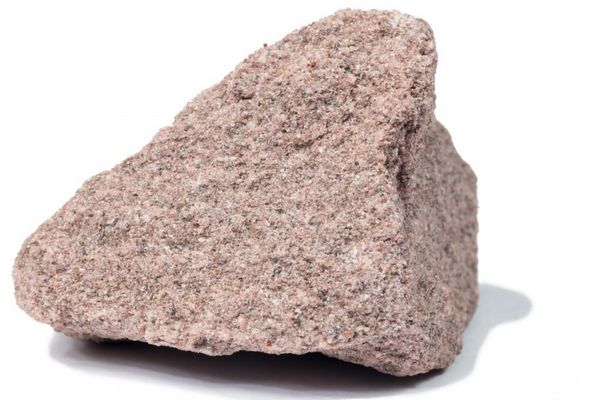Stones have been used as building material of construction since ancient times. Here are the some of commonly used stones:
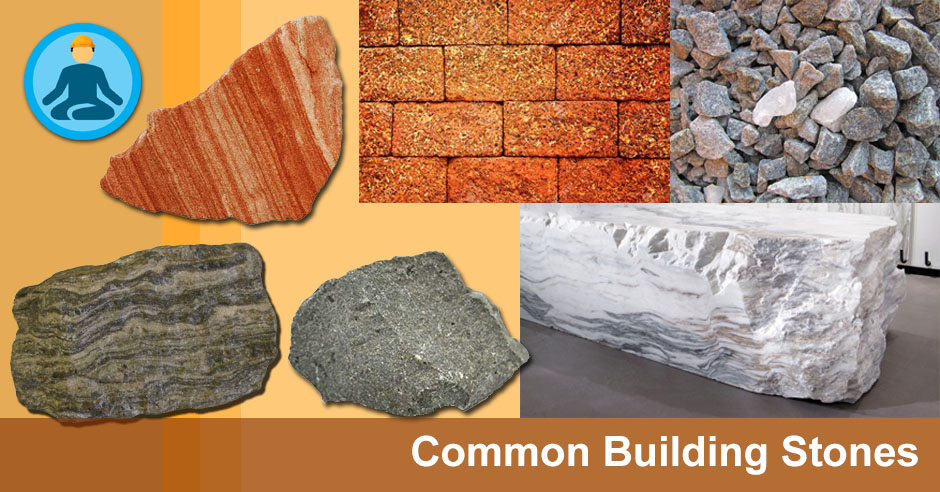
- Basalt and trap
- Granite
- Sand stone
- Slate
- Laterite
- Marble
- Gneiss
- Quartzite.
Basalt and Trap
The structure of these stones is medium to fine grained and compact. Their color varies from dark gray to black. Fractures and joints are common in these stones. Their weight varies from 18 kN/m3 to 29 kN/m3. The compressive strength of these stones varies from 200 to 350 N/mm2. These are igneous rocks. They are used as road metals, aggregates for concrete. They are also used for rubble masonry works for bridge piers, river walls and dams. They are used as pavement.
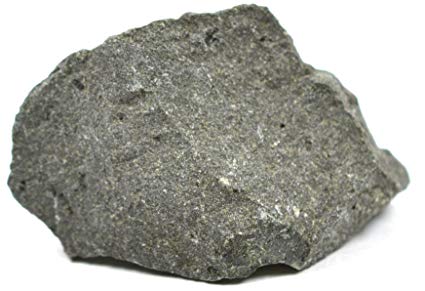
Granite
Granites are also igneous rocks. The colour varies from light gray to pink. The structure is crystalline, fine to coarse grained. They take polish well. They are hard durable. Specific gravity is from 2.6 to 2.7 and compressive strength is 100 to 250 N/mm2. They are used primarily for bridge piers, river walls, and for dams. They are used as kerbs and pedestals. The use of granite for monumental and institutional buildings is common. Polished granites are used as table tops, cladding for columns and wall. They are used as coarse aggregates in concrete.
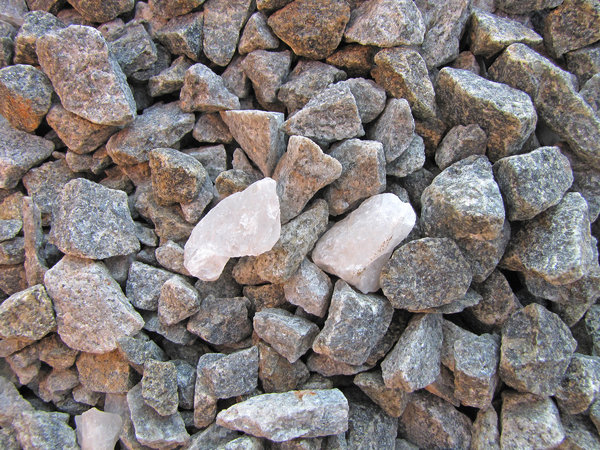
Sand stone
These are sedimentary rocks, and hence stratified and consist of quartz and feldspar. They are found in various colours like white, grey, red, buff, brown, yellow and even dark gray. The specific gravity varies from 1.85 to 2.7 and compressive strength varies from 20 to 170 N/mm2. Its porosity varies from 5 to 25 per cent. Weathering of rocks renders it unsuitable as building stone. It is desirable to use sand stones with silica cement for heavy structures, if necessary. They are used for masonry work, for dams, bridge piers and river walls.
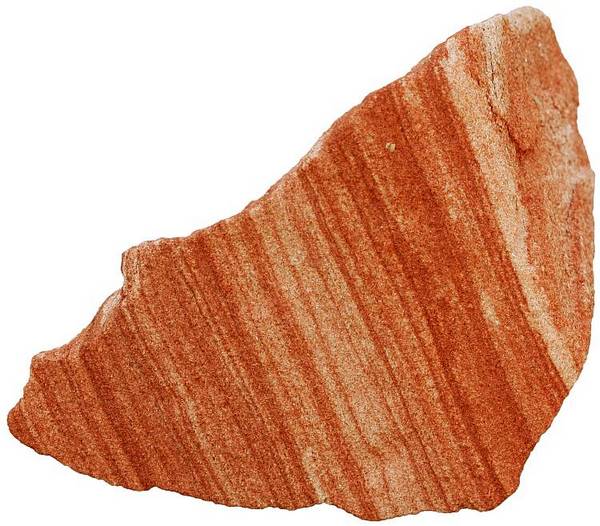
Slate
These are metamorphic rocks. They are composed of quartz, mica and clay minerals. The structure is fine grained. They split along the planes of original bedding easily. The colour varies from dark gray, greenish gray, purple gray to black. The specific gravity is 2.6 to 2.7. Compressive strength varies from 100 to 200 N/mm2. They are used as roofing tiles, slabs, pavements etc.
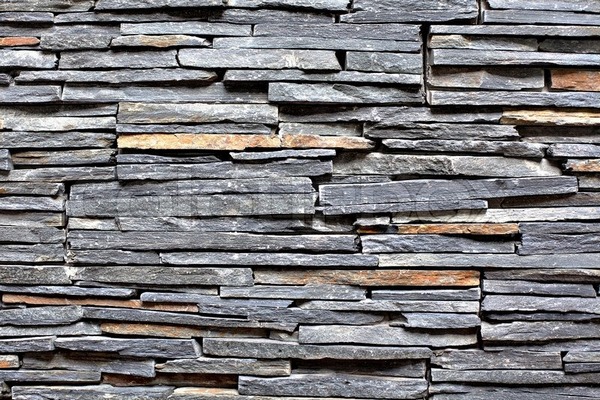
Laterite
It is a metamorphic rock. It is having porous and sponges structure. It contains high percentage of iron oxide. Its colour may be brownish, red, yellow, brown and grey. Its specific gravity is 1.85 and compressive strength varies from 1.9 to 2.3 N/mm2. It can be easily quarried in blocks. With seasoning it gains strength. When used as building stone, its outer surface should be plastered.
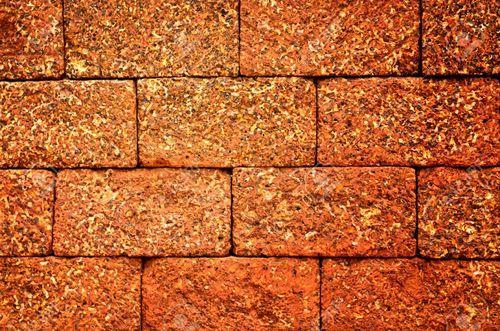
Marble
This is a metamorphic rock. It can take good polish. It is available in different pleasing colours like white and pink. Its specific gravity is 2.65 and compressive strength is 70–75 N/ mm2. It is used for facing and ornamental works. It is used for columns, flooring, steps etc.
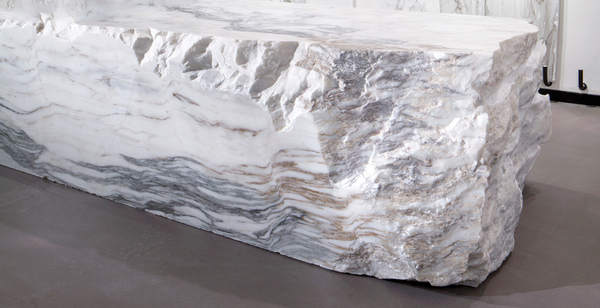
Gneiss
It is a metamorphic rock. It is having fine to coarse grains. Alternative dark and white bands are common. Light grey, pink, purple, greenish gray and dark grey coloured varieties are available. These stones are not preferred because of deleterious constituents present in it. They may be used in minor constructions. However hard varieties may be used for buildings. The specific gravity varies from 2.5 to 3.0 and crushing strength varies from 50 to 200 N/mm2.
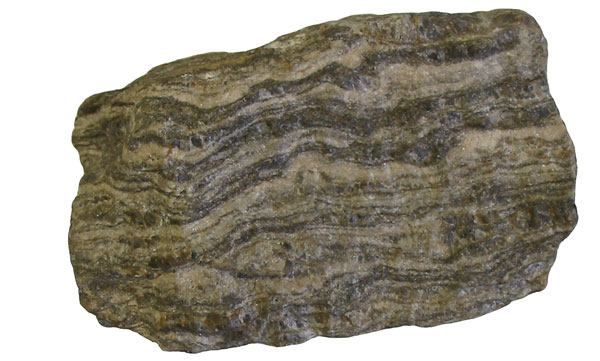
Quartzite
Quartzites are metamorphic rocks. The structure is fine to coarse grained and often granular and branded. They are available in different colours like white, gray, yellowish. Quartz is the chief constituent with feldspar and mica in small quantities. The specific gravity varies from 2.55 to 2.65. Crushing strength varies from 50 to 300 N/mm2. They are used as building blocks and slabs. They are also used as aggregates for concrete.
